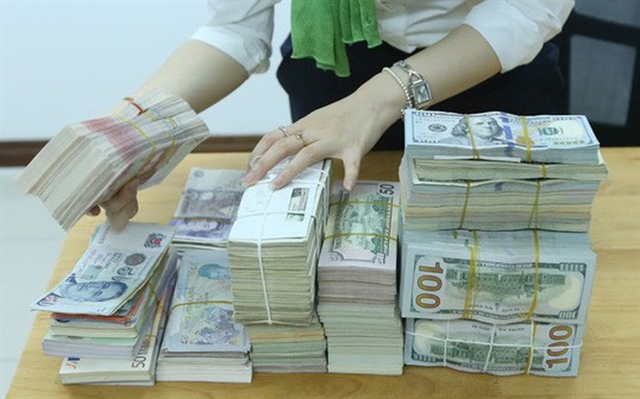Commercial banks will no longer allow the provision of mid- and long-term foreign currency loans for offshore payments of imported goods and services from September 30 this year.

Commercial banks will no longer allow the provision of mid- and long-term foreign currency loans for offshore payments of imported goods and services from September 30 this year.
According to the State Bank of Viet Nam (SBV), the move aims to implement the SBV’s policy to shift the foreign currency-related transactions from borrowing and lending to buying and selling to minimise dollarisation in the economy.
Earlier, banks also stopped providing short-term foreign currency loans for this purpose from March 31 this year, forcing firms to buy foreign currencies.
Previously, the foreign currency lending policy was designed to assist local importers and producers by cutting borrowing costs, thereby enhancing their competitiveness in international trade, especially amid rising protectionism.
Importers prefer to take out loans in dollars as the interest rate for dollar loans is lower than those in Vietnamese dong. Banks currently list interest rates at 2.8-4.7 per cent per year for short-term dollar loans and 4.5-6.0 per cent for medium- and long-term dollar loans. Meanwhile, interest rates are 6-9 per cent per year for short-term dong loans, and 9-11 per cent for medium- and long-term dong loans.
With the new regulations, local importers will have to take loans in Vietnamese dong and buy dollars to serve their offshore payment demand.
According to experts, the gradual narrowing of demand for foreign currency loans by the SBV is necessary and consistent with the Government's anti-dollarisation roadmap.
Ending foreign currency lending will minimise distortion in the foreign exchange market when a series of free trade agreements are implemented.
Banking expert Phan Minh Ngoc said dollar lending makes dollarisation of the economy more serious. As more local people use the dollar in daily transactions, the effect of the central bank’s policies would be reduced.
Ngoc took inflation as an example. When inflation is high, the central bank wants to increase interest rates to control it. However, due to dollarisation, local people will prefer borrowing in dollars rather than in dong, which will mean the central bank’s interest rate hike will have little effect. This has been seen in some countries with hyper-inflation, where the dollar replaces the local currency while the countries’ central banks are unable to do anything. — VNS





